Andante Cantabile
- 1.Accompaniment0:48
- 2.Accompaniment + Violin0:48
‘Andante Cantabile’ is the second movement from Tchaikovsky’s String Quartet No. 1 in D Major Op.11. Originally re-arranged for cello and string orchestra, this version has been arranged for violin and piano by Fabrizio Ferrari and André van Haren. You can see the arrangement here.
Performance length: 6″55′.
Pyotr Ilyich Tchaikovsky‘s String Quartet No. 1 in D major Op. 11 was the first of his three completed string quartets that were published during his lifetime. An earlier attempt had been abandoned after the first movement was completed.
Composed in February 1871, it was premiered in Moscow on 16/28 March 1871 by four members of the Russian Musical Society: Ferdinand Laub and Ludvig Minkus, violins; Pryanishnikov, viola; and Wilhelm Fitzenhagen, cello. Tchaikovsky arranged the second movement for cello and string orchestra in 1888.
The quartet has four movements:
Moderato e semplice (D major)
Andante cantabile (B♭ major)
Scherzo. Allegro non tanto e con fuoco – Trio (D minor)
Finale. Allegro giusto – Allegro vivace (D major)
The melancholic second movement, which has become famous in its own right, was based on a folk song the composer heard at his sister’s house at Kamenka whistled by a house painter. When the quartet was performed at a tribute concert for Leo Tolstoy, the author was said to have been brought to tears by this movement: “…Tolstoy, sitting next to me and listening to the Andante of my First Quartet, burst into tears”. When the Zoellner Quartet, at her request, performed the second movement for Helen Keller, who rested her fingertips on a resonant tabletop to sense the vibrations, she, too, reacted strongly. The melody from second theme of the Andante cantabile, in D♭ major, was also used as the basis for the popular song “On the Isle of May”, popularized by Connee Boswell in 1940. This movement ends with plagal cadence.
Purchase includes:
- Accompaniment
- Accompaniment + Violin
You can purchase the sheet music here.
€3,50
Product Description
‘Andante Cantabile’ is the second movement from Tchaikovsky’s String Quartet No. 1 in D Major Op.11. Originally re-arranged for cello and string orchestra, this version has been arranged for violin and piano by Fabrizio Ferrari and André van Haren. You can see the arrangement here.
Performance length: 6″55′.
Pyotr Ilyich Tchaikovsky‘s String Quartet No. 1 in D major Op. 11 was the first of his three completed string quartets that were published during his lifetime. An earlier attempt had been abandoned after the first movement was completed.
Composed in February 1871, it was premiered in Moscow on 16/28 March 1871 by four members of the Russian Musical Society: Ferdinand Laub and Ludvig Minkus, violins; Pryanishnikov, viola; and Wilhelm Fitzenhagen, cello. Tchaikovsky arranged the second movement for cello and string orchestra in 1888.
The quartet has four movements:
Moderato e semplice (D major)
Andante cantabile (B♭ major)
Scherzo. Allegro non tanto e con fuoco – Trio (D minor)
Finale. Allegro giusto – Allegro vivace (D major)
The melancholic second movement, which has become famous in its own right, was based on a folk song the composer heard at his sister’s house at Kamenka whistled by a house painter. When the quartet was performed at a tribute concert for Leo Tolstoy, the author was said to have been brought to tears by this movement: “…Tolstoy, sitting next to me and listening to the Andante of my First Quartet, burst into tears”. When the Zoellner Quartet, at her request, performed the second movement for Helen Keller, who rested her fingertips on a resonant tabletop to sense the vibrations, she, too, reacted strongly. The melody from second theme of the Andante cantabile, in D♭ major, was also used as the basis for the popular song “On the Isle of May”, popularized by Connee Boswell in 1940. This movement ends with plagal cadence.
Purchase includes:
- Accompaniment
- Accompaniment + Violin
You can purchase the sheet music here.









